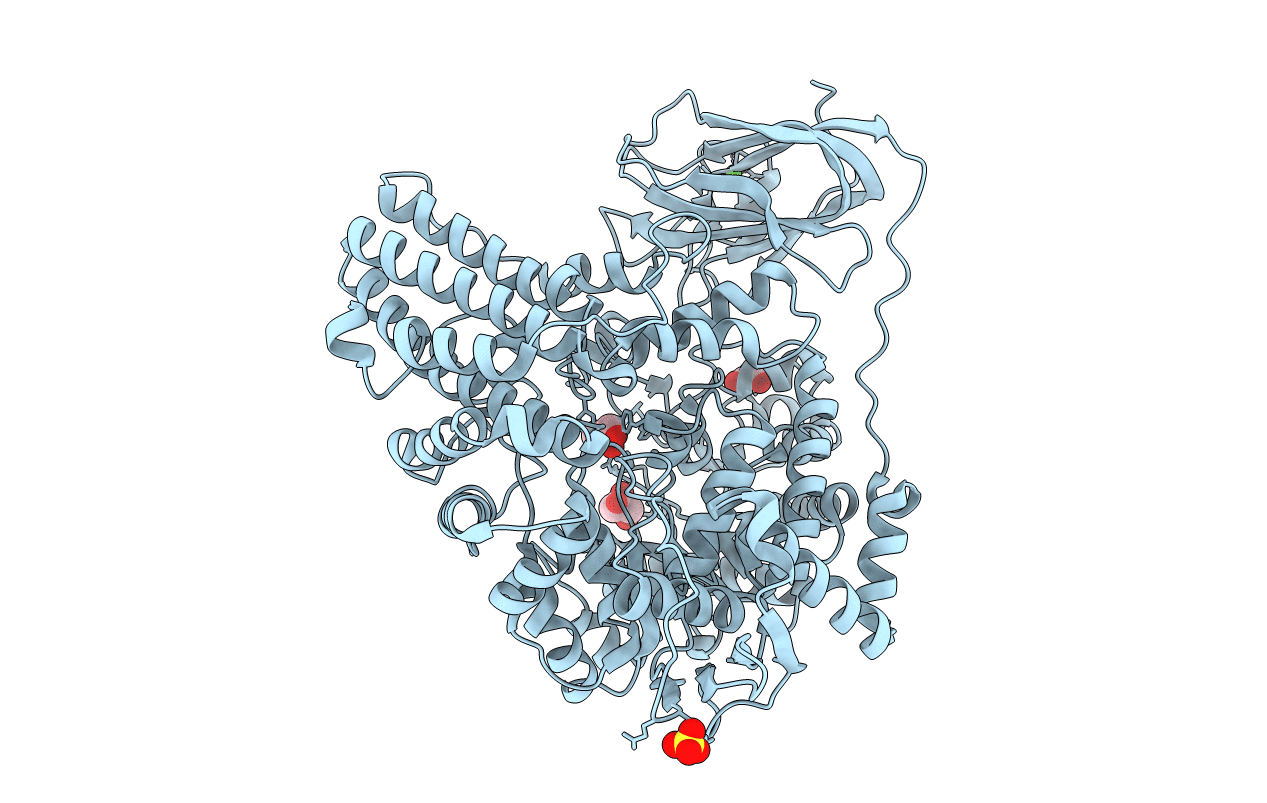
Deposition Date
2007-09-19
Release Date
2008-03-18
Last Version Date
2024-05-08
Entry Detail
Biological Source:
Source Organism:
CLOSTRIDIUM PERFRINGENS (Taxon ID: 1502)
Host Organism:
Method Details:
Experimental Method:
Resolution:
2.00 Å
R-Value Free:
0.25
R-Value Work:
0.21
R-Value Observed:
0.21
Space Group:
P 61


